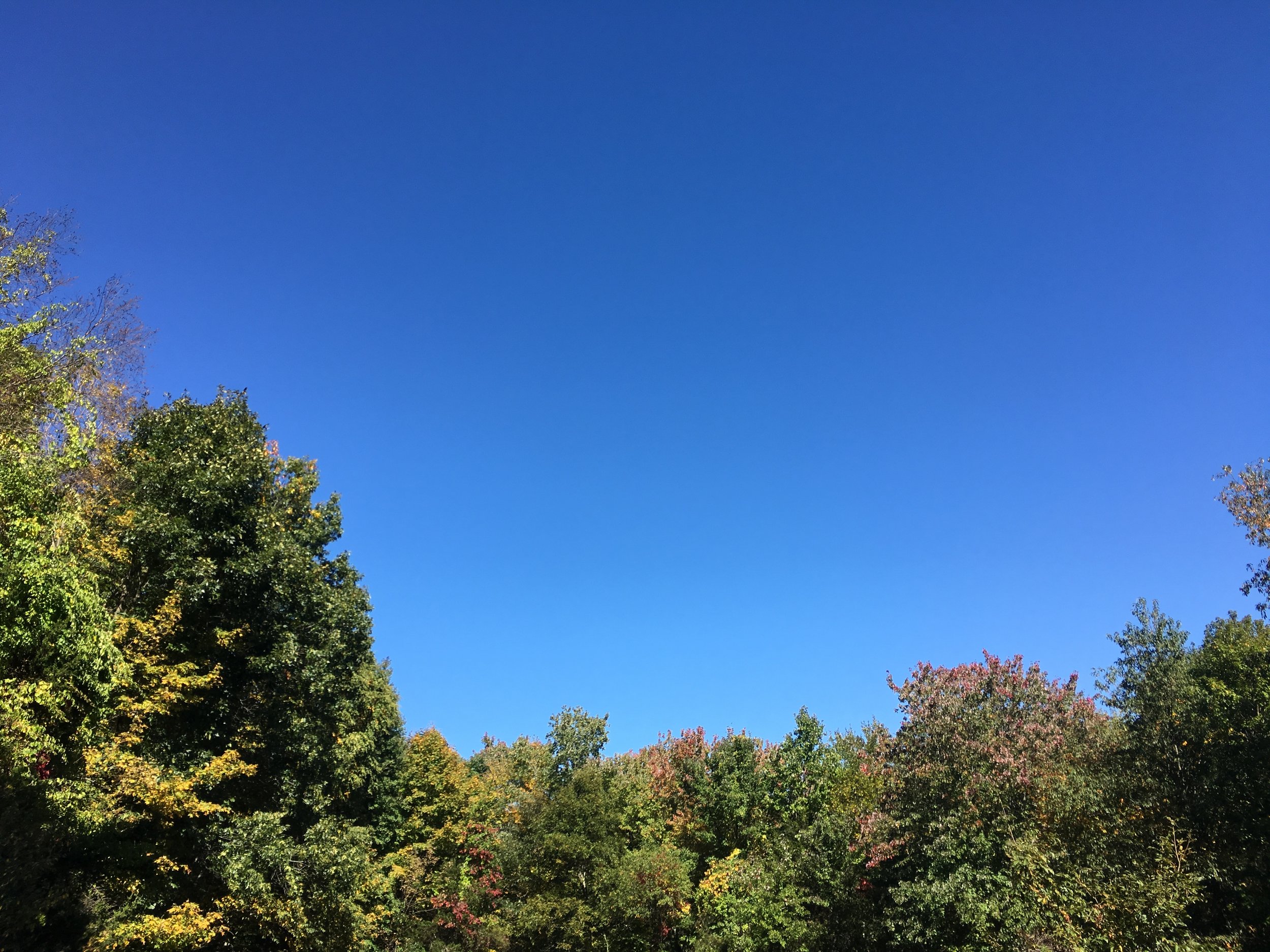Strawberries in pints, June 2017 (A.Gross)
Since 2008, I’ve worked at tons of farmers’ markets as a farmworker or helping out some of my friends. I enjoy waking up early, creating bold, visual displays of high quality local produce, grown with care and sustainability in mind, and interacting with people. For food growers, market days are a time to celebrate the harvest, bring food directly to consumers, deepen community relationships and, hopefully, return to the farm with a full cash box, an empty truck, bartered goods from fellow producers, and a brief reprieve before starting the harvest-market cycle again. I’ve observed the consumer-farmer relationship countless times and I thought I’d offer some tips - all rooted in common sense - into making the most out of your market excursion:
• Unfamiliar with an ingredient? Ask! Farmers and farmworkers are some of the best cooks whom I know. During peak season, they are the masters of cooking simple, clean (and not-so-healthful), and tasty food. Market days are the best days for seeking inspiration in the kitchen. And, if you are really nice, they may give you a taste test of that unfamiliar ingredient before you purchase it.
• Be patient. Respect the market start time. Farmers and their crews are creating a literal pop-up market stand. They’ve most likely been up since dawn, packing their vehicles, schlepping food and traveling some sort of distance, all with the goal of creating a bountiful stand for you. They’ve worked tirelessly all week. They need all the time they have to create their inviting displays. Another consideration: Farmers don’t get out much - most farmers look forward to going to market and interacting with civilians/non-farm folk. Patience and kindness go a long way!
• Arrive somewhat prepared. I strongly suggest bringing your own bags or baskets. Of course, life happens and you may happen upon a farmers’ market/stand or end up buying more items than the number of bags - or hands - that you have. And, most stands do provide some sort of bag for use. But, if you have bags or baskets, why not bring them?
• Small bills go a long way. Cash most likely remains king for many market vendors. If you have the time to break those larger bills, it's appreciated.
Bok choi, July 2017 (A.Gross)
• Pro-tip: Separate items that need to be weighed versus those that are by the piece. This may fall in the category of “Advanced Market Shopping” but, If you do bring your own bags or the market booth has baskets for your items, separate items that are priced by weight from those that are priced by the bunch or unit. This makes the transaction experience as seamless and quick as possible.
• It's not the time to play Let’s Make A Deal. It's slightly infuriating when people start haggling…especially during market rushes or when the market is over and farmers are visibly packing up for the day. Would you go to a grocery store and bargain with the cashier or produce department manager? Probably not. Farmers set their prices to cover their costs of production...and barely that, including the rising costs of labor, infrastructure, fuel, land use, etc. And, if you want to know why something is the price that is listed, just ask! You’ll get a thorough answer, which, by the way, is unlikely to include the farmers wanting to get rich. And, bonus insider tip: the friendlier and more loyal of a customer you are, the more likely you are to get occasional, unspoken friend-of-the-farmer deals. Just please don’t be presumptuous.
• Mind your hygiene. Markets and farm stands are public spaces - please cover your mouth if you cough, sneeze away from the produce, and, if you’re really feeling rough, ask for assistance and market purveyors will help you. And, if you’ve acquired trash from other other vendors - napkins, plastic cups, etc. - please do not leave it behind on the display tables, especially near produce and other food items. Would you want to buy a head of lettuce sitting next to an old tissue?
• Please don’t overshare - especially medical stuff. Farmers’ markets and farm stands give consumers a unique and invaluable opportunity to directly connect with food growers. The informal, pastoral settings are often open invitations to build reciprocity and share aspects of your personal life. It’s a great feeling when customers feel such a closeness with their food producers. But, as much as farmers value your patronage, please do not divulge too much about your medical ailments. Example: During my first farmers’ market ever (!!), I was told by a bold individual that the farm’s organic produce was the thing responsible for treating her gout and she proceeded to show her slightly less inflamed foot to me. (She told me that my “kind face” was inviting...thank you??). Sure, this is an extreme scenario and, while I know this is not the majority of customers, just be mindful - farmers and their crews have a lot going on, mentally and physically, on market days, so please respect their time and the good ol' Golden Rule.
• Above all, be pleasant. You don't have to be perky but being kind and courteous goes a long way at farmers’ markets. Again, it’s a day to appreciate local food, the local economy, and our local communities. And, in a world that seems to be lacking in humility and civility, we could all use a little more kindness and optimism.
And, remember: Keep being an advocate for local, sustainable food and your local economies. In an era of uncertainty, your support goes a long way!
Bunched herbs, June 2017 (A.Gross)
Cover/header photo: Bunches of basil, ready for market, June 2017 (A.Gross)





















